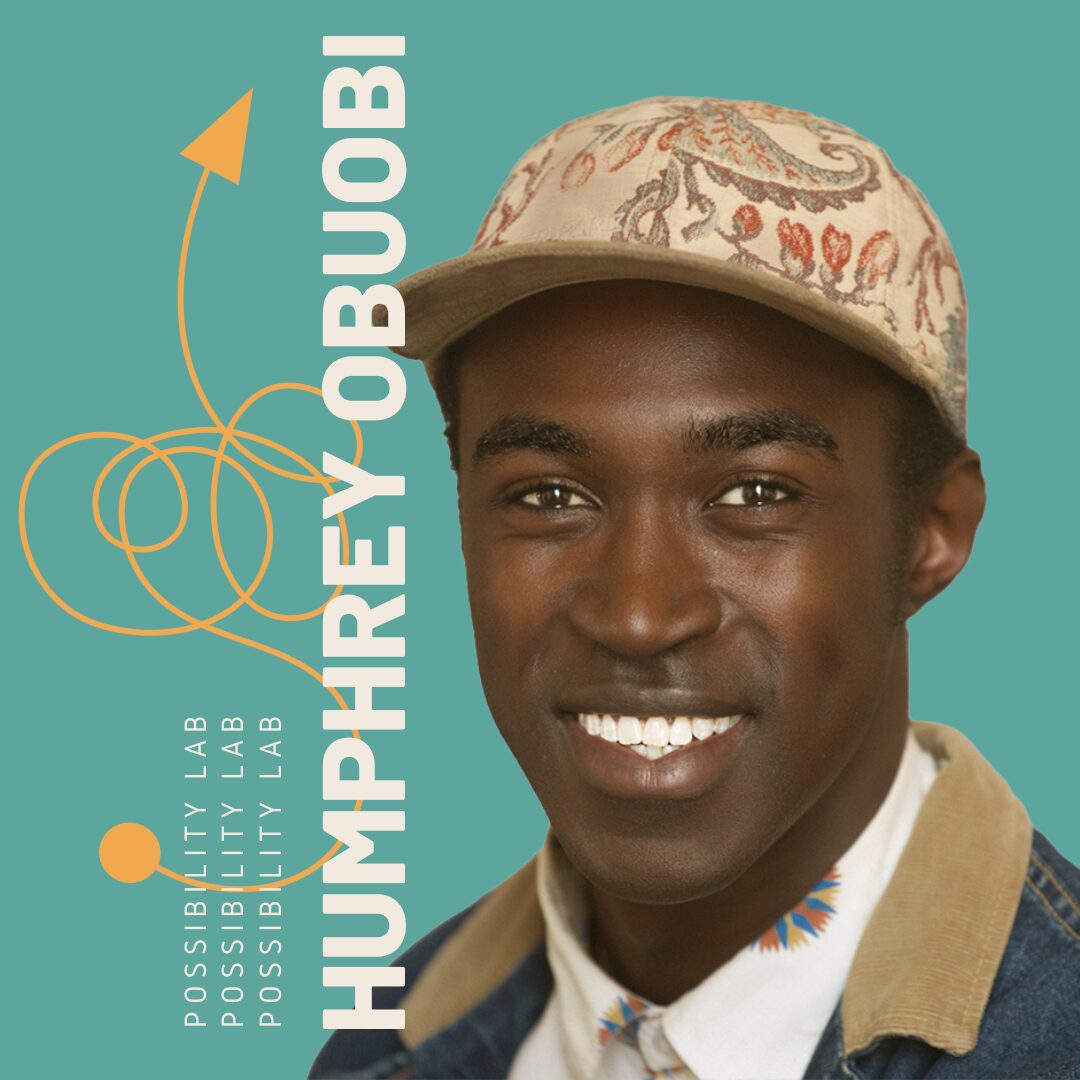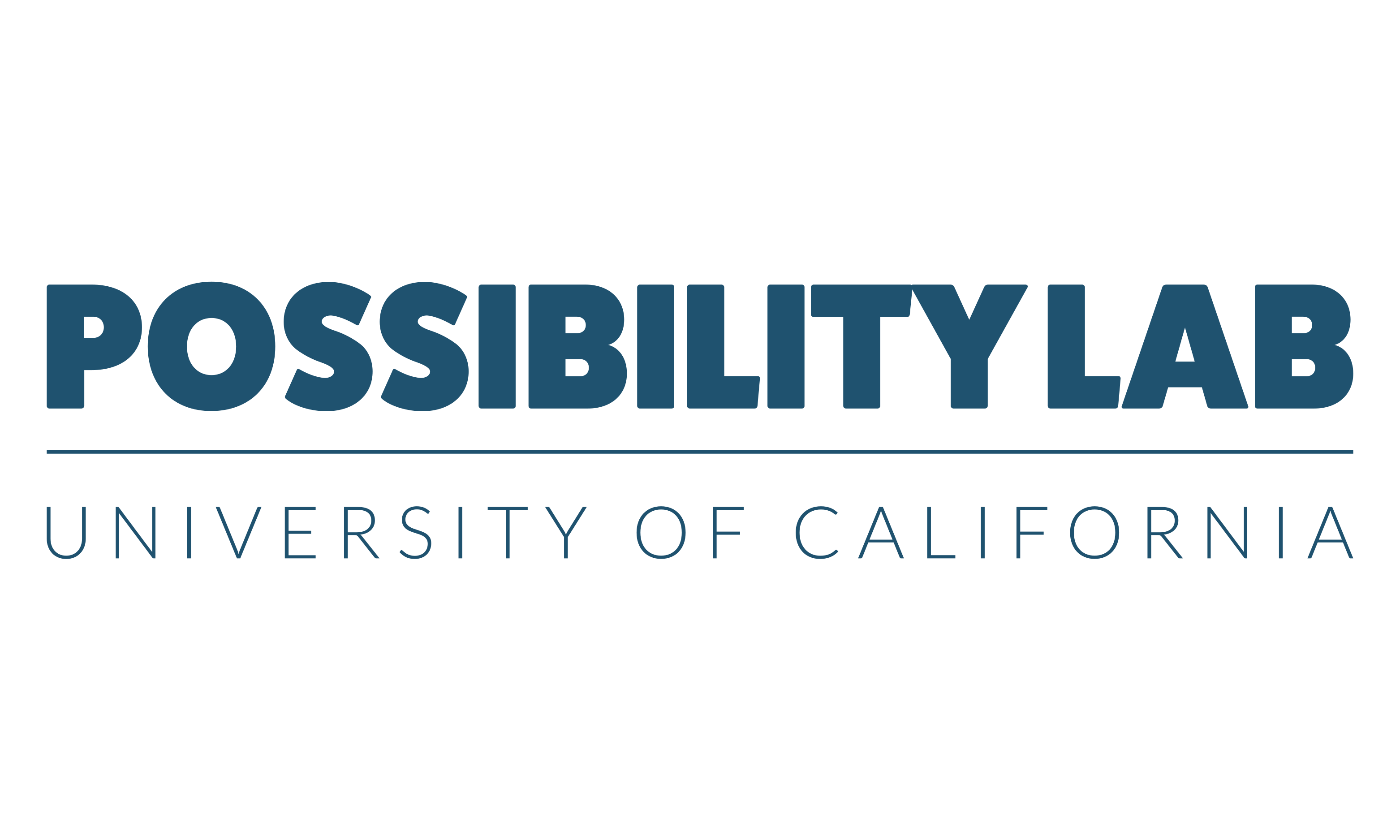Putting Purpose to Work: Re-Evaluating the Role of Technology

I came to the Bay Area bright-eyed and excited about the promise of technology to make the world a better place, but it didn’t take long to complicate that narrative. Concerns about misinformation on social media evolved from speculation into real consequences during the COVID-19 pandemic. Workers using gig-economy apps struggled to get basic benefits, leaving them in precarious situations. Despite the future-crafting narratives that the industry is known for, it seemed like many companies served their investors rather than meeting the urgent needs of people right outside their offices.
The core issue I’ve seen time and time again is that too often a select few people are tasked with crafting the future for everyone else—whether in technology or policy. In the technology industry I came from, there was rarely sustained collaboration with the communities that would have to deal with our products. And even as I started to work in the public sector, I noticed that government offices sometimes sidelined the people who are actually impacted by the problems they are trying to address. No number of “community listening sessions” or “design sprints” changed that fact—and their decisions frequently reinforced the systems that keep many people struggling.
Working on the San Francisco Reparations initiative showed me a different option: more participatory, community-led governance. There, I found a city-wide effort led by Black San Franciscans with deep roots in the city, a community that is still reeling from the destruction of Black businesses and homes via the “urban renewal” policies of the 1960s. So many perspectives were represented on the steering committee that gathered people and guided the process—everyone from Martin Luther King, Jr.’s contemporaries to young entrepreneurs and youth organizers. Beyond simply participating, those impacted by the issue had an opportunity to gather on their own terms, foreground their histories and lived experience, and frame the problems in terms of the systemic issues that plagued them. I was just a part-time organizer for the effort, but I found a meaningful role in facilitating conversations about housing policies that could stem displacement and create opportunities for economic stability.
Pulling on that thread is what landed me at UC Berkeley. I’ve been with the Possibility Lab from the moment I started grad school, and I’ve spent most of that time researching “collaborative governance” methods that allow governments to tap into the wisdom of their constituents and share decision-making authority. Whether in West Oakland or Porto Alegre, governments all over the world are recognizing that the people who are closest to the problems have invaluable insights about how to address them. Recognizing their knowledge and agency is thus crucial to managing problems of public safety, transportation, land use, environmental justice, and more. I particularly care about these problems at the local level, where people have developed a steadfast attachment with the community and the land over time, and where we can more directly build a more expressive, relational culture of civic engagement.
In this pursuit, I’m not rejecting the promise of technology; in fact, I think there are plenty of ways for technology to make democracy healthier and more robust, rather than detract from it. I got an opportunity to test this at the recent Goldman School conference, where we used a platform called Pol.is to give all conference participants an opportunity to provide their thoughts on democracy policy and evaluate their fellow participants’ statements about democracy policy, ethics, and ideals. Other tools, like those developed at MIT’s Center for Constructive Communication, similarly have created ways for marginalized communities to facilitate and record conversations and make sense of them together. In these ways, technology isn’t unquestioningly praised as the vehicle for progress, but is used to weave previously unheard voices into discussions about what the future should look like.
Overall, I can’t help but to be optimistic. Granted, it’s hard not to be when you live in a place so rich with natural beauty and brimming with artists, technologists, and organizers who are committed to seeing a better future come to fruition. Every day that I get to work towards that is a gift—and I’m glad that I get to do that with the team at the Possibility Lab.
Our Work




